The body temperature sensor that some cyclists in Tokyo are using
Poor performance and even withdrawals. This is what we are finding in Tokyo due to the heat and humidity. We still have the images of tennis player Paula Badosa leaving in a wheelchair due to heatstroke; or the words of Izagirre saying he couldn't even pedal. A device is being implemented in response to these conditions. It's called Core Body Temperature Monitoring.

What is Core Body Temperature Monitoring
If there is one factor that is defining the development of the events at the Tokyo 2020 Olympic Games, it is undoubtedly the weather. The high temperatures, combined with enormous humidity due to the proximity of the sea and the summer season, are causing many athletes to suffer the consequences: fatigue, heatstroke, and even withdrawals are the price to pay.
In response to this situation, many cyclists in Tokyo are using a new body temperature sensor with the aim of reducing these risks and improving performance. After some research, we have learned about its manufacturer, Core, and its characteristics.
RECOMENDADO

Tips for cycling in the rain

25 cycling gifts ideas to get it right

When do helmets have to be changed? Do they have an expiration date?

Some reasons to stay away from the road in winter
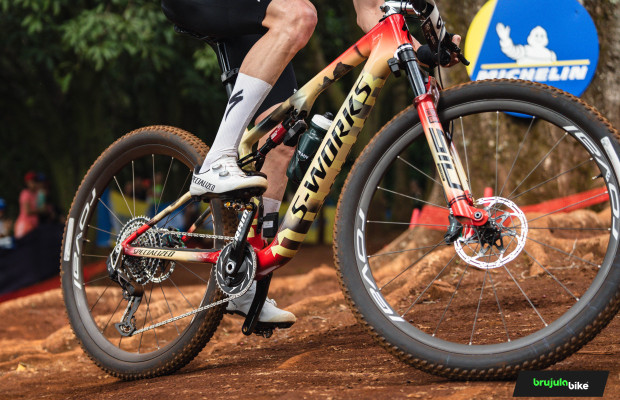
S-Works: what does it really mean and where does Specialized's most exclusive label come from?

The best apps for cycling and mountain biking
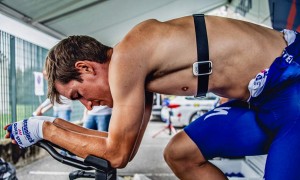
This is the Core Body Temperature Monitoring, a compact, portable, and very easy-to-use device that provides data on the known as core body temperature, that is, the temperature of your body beyond the skin, and sends that data in real time.
The sensor of this Core device has been developed by the Swiss company greenTEG AG, much more common in the medical sector. A sensor that even memorizes and learns from the person wearing the Core Body Temperature Monitoring to be more accurate.
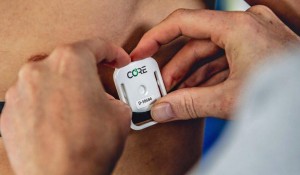
The use of Core in the medical sector made its way into sports with the development of the Sporting Performance application.
The heat curve and price of Core Body Temperature
Monitoring body temperature is not a minor milestone. Faced with the scenario that was looming in Tokyo, many cyclists even moved to train in similar environments, as these weather conditions were going to affect their final performance. David Valero, for example, supported his bronze with specific training at the CAR in Granada but, above all, in Altea, a town in Alicante with temperature and humidity characteristics similar to those of Tokyo but in Spanish territory.
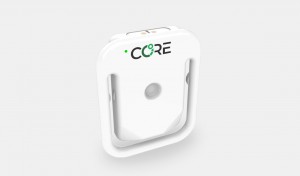
And it is that body temperature, if it increases significantly, reduces performance. It is a general rule that depends largely on each person. That is, the degrees that each cyclist can withstand without affecting their performance are different. That's why Core Body Temperature Monitoring learns from that particular cyclist and guides them in their acclimatization for competitions in other parts of the world.
Core is not entirely new. We had seen its sporadic use in cyclists from Bora, Astana, Ineos, or Movistar. Connectable with its own App, it can also transfer data to training planning applications, like TrainingPeaks.
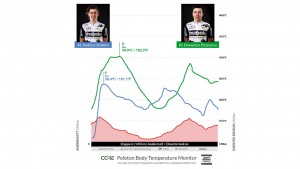
The interesting thing is that these heat curve controls have brought another small revolution to the world of big data in cycling. It is about calculating the two peaks or maximum points and the core temperature, which is measured where the cyclist reaches 38? of external temperature. By measuring heart rate and power at these three points, a unique curve is established for each cyclist showing how their temperature responds to strenuous exercise, and where those 38? are exceeded. Core is helping a lot in these calculations.
![]()
Its operation is simple: it is attached to the same chest strap used for heart rate or fixed with a simple adhesive and sends the data to its native App or to a compatible GPS (most Wahoo and Garmin devices are compatible). The same GPS provides adaptation guidelines and alerts you when it estimates that you are already acclimated to the heat. Its price is 250 Swiss francs, about 230 euros at the current exchange rate.